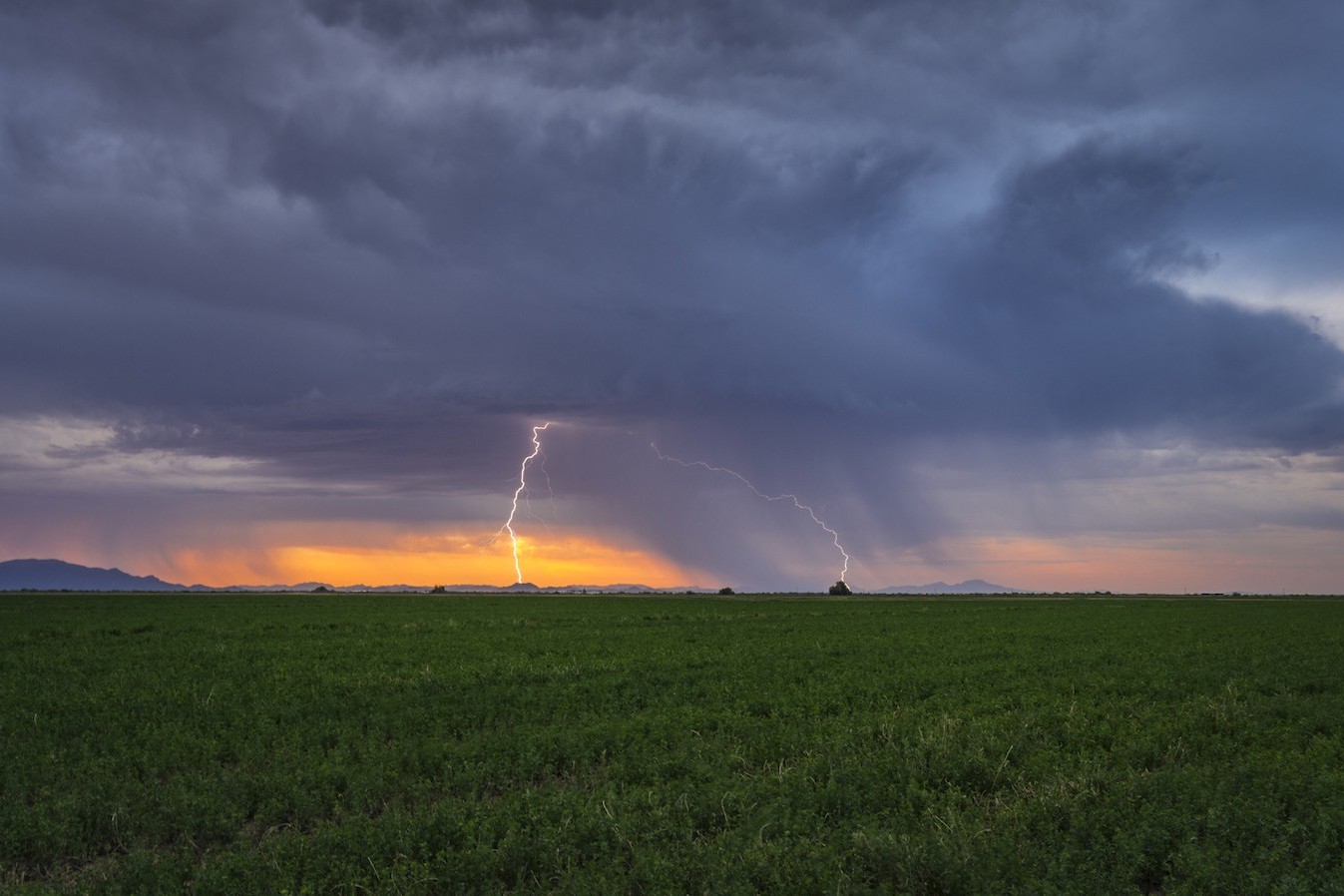Secrets Of Arizona’s Sinagua Agricultural Terraces

Have you ever wondered how ancient civilizations thrived in harsh environments? The Sinagua people of Arizona mastered this challenge with their ingenious agricultural terraces. These terraces transformed rugged landscapes into fertile fields, allowing them to grow crops like corn, beans, and squash. By carefully managing water and soil, the Sinagua created a sustainable farming system that supported their communities for centuries. Today, these terraces stand as a testament to their innovation and resilience. Join us as we explore the secrets behind these ancient marvels and learn how they continue to inspire modern agricultural practices.
Secrets of Arizona's Sinagua Agricultural Terraces
Arizona's Sinagua people, who lived between 500 and 1425 AD, were masters of agriculture. They built terraces to grow crops in the arid landscape. These terraces are scattered across Arizona, offering a glimpse into their innovative farming techniques. Let's explore some of these fascinating sites.
1. Walnut Canyon National Monument
Walnut Canyon National Monument, near Flagstaff, showcases the Sinagua's ingenuity. The canyon walls are lined with ancient cliff dwellings and terraces. These terraces allowed the Sinagua to grow crops like corn, beans, and squash. The site offers hiking trails and stunning views of the canyon.
2. Wupatki National Monument
Wupatki National Monument, located north of Flagstaff, features several Sinagua ruins. The monument includes the Wupatki Pueblo, a large multi-story structure. Surrounding the pueblo are agricultural terraces that demonstrate the Sinagua's farming skills. Visitors can explore the ruins and learn about the Sinagua culture.
3. Montezuma Castle National Monument
Montezuma Castle National Monument, near Camp Verde, is home to a well-preserved cliff dwelling. The Sinagua built this impressive structure into a limestone cliff. Below the cliff, you can find remnants of agricultural terraces. These terraces provided the Sinagua with fertile land for growing crops.
4. Tuzigoot National Monument
Tuzigoot National Monument, near Clarkdale, features a large Sinagua pueblo. The pueblo sits atop a ridge overlooking the Verde River. Surrounding the pueblo are terraces that the Sinagua used for farming. The site offers a museum with artifacts and exhibits about the Sinagua people.
5. Palatki Heritage Site
Palatki Heritage Site, located in the Coconino National Forest, is a hidden gem. The site includes cliff dwellings, rock art, and agricultural terraces. The terraces are a testament to the Sinagua's ability to adapt to their environment. Guided tours provide insight into the history and culture of the Sinagua.
6. Honanki Heritage Site
Honanki Heritage Site, also in the Coconino National Forest, is another remarkable Sinagua site. The site features cliff dwellings and rock art similar to Palatki. Agricultural terraces surround the dwellings, showcasing the Sinagua's farming techniques. Visitors can take guided tours to learn more about the Sinagua way of life.
7. Elden Pueblo Archaeological Site
Elden Pueblo Archaeological Site, near Flagstaff, offers a glimpse into Sinagua village life. The site includes the remains of a large pueblo and surrounding terraces. These terraces were used to grow crops and manage water resources. The site is open to the public and offers educational programs.
8. Verde Valley Archaeology Center
Verde Valley Archaeology Center, in Camp Verde, is dedicated to preserving Sinagua heritage. The center features exhibits on Sinagua agriculture, including terraces. Visitors can learn about the Sinagua's innovative farming techniques and their impact on the region. The center also offers guided tours of nearby archaeological sites.
9. Dead Horse Ranch State Park
Dead Horse Ranch State Park, near Cottonwood, is a beautiful natural area with Sinagua history. The park includes trails that lead to Sinagua terraces and ruins. These terraces highlight the Sinagua's ability to farm in challenging conditions. The park offers camping, fishing, and hiking opportunities.
10. V-Bar-V Heritage Site
V-Bar-V Heritage Site, near Sedona, is known for its extensive rock art. The site also includes agricultural terraces used by the Sinagua. These terraces demonstrate the Sinagua's skill in managing water and soil. Guided tours provide insight into the site's history and significance.
The Legacy of Sinagua Agricultural Terraces
Sinagua agricultural terraces are a testament to ancient ingenuity. These structures, built by the Sinagua people, showcase their ability to adapt to the harsh Arizona environment. They transformed rocky landscapes into fertile fields, ensuring their survival and prosperity.
Visiting these terraces offers a glimpse into the past. You can see how the Sinagua people used natural resources to their advantage. The terraces also highlight the importance of sustainable farming practices, which are still relevant today.
Exploring these ancient sites provides a deeper appreciation for the Sinagua culture. It reminds us of the resilience and creativity of early civilizations. Whether you're a history buff or just curious about ancient farming techniques, the Sinagua agricultural terraces are worth a visit.
So, next time you're in Arizona, take some time to explore these remarkable structures. They are a true marvel of ancient engineering.

